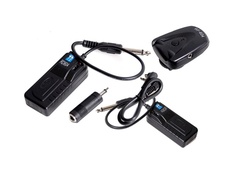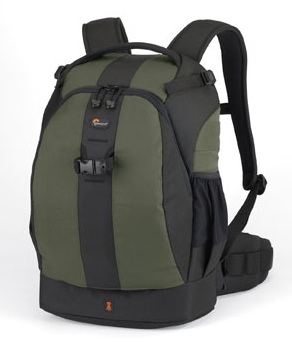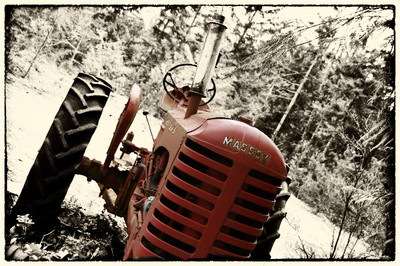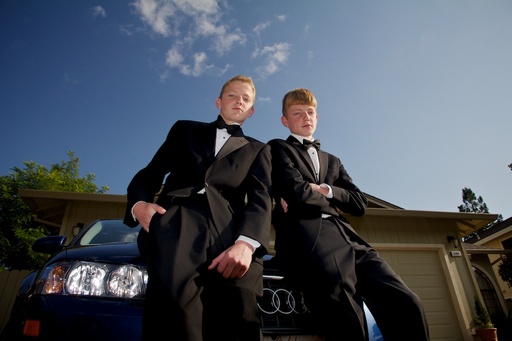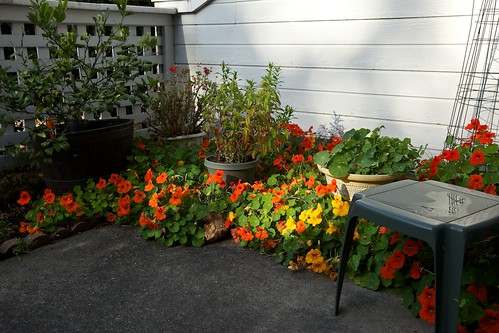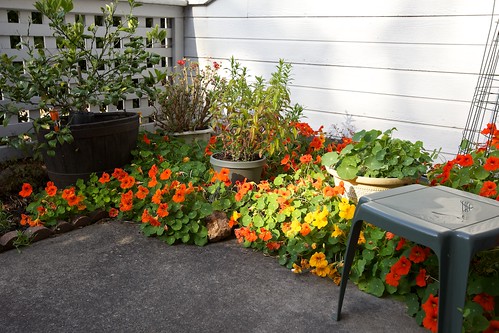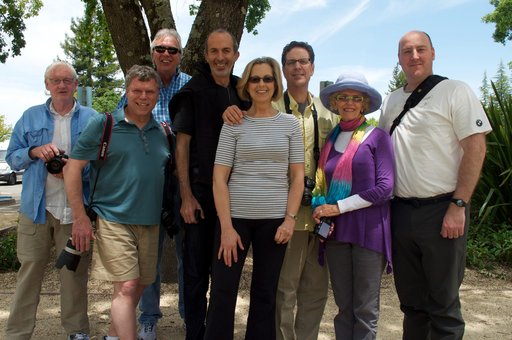We've updated the TDS Podcast App so it now looks great on the iPad, as well as the iPhone and Android devices. The interface is redesigned to take full advantage of the iPad's expanded real estate. So now you can manage all of your TDS activities from within the podcast app.
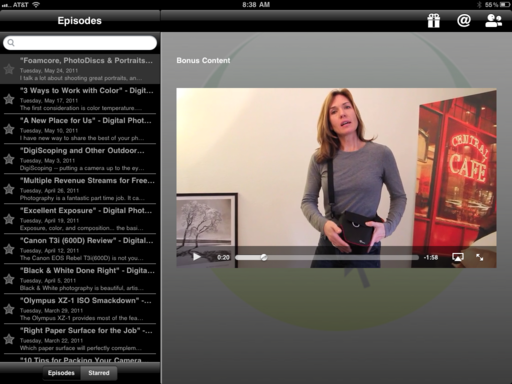 Movies now play in the main window of the podcast app. Just click Extras (gift icon) to access the latest video.
Movies now play in the main window of the podcast app. Just click Extras (gift icon) to access the latest video.
Located on the left side of the interface are the podcast episodes that are avaialbe for listening. The Extras icon (gift box) in the upper right corner contains the latest movie and wallpaper image, and there's now a new feature called View All Extras that consolodates all the recent items uploaded.
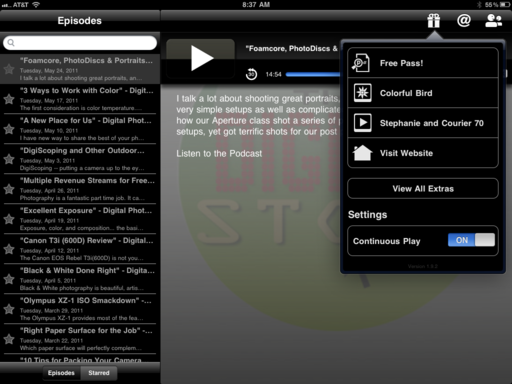 Bonus content is located in Extras.
Bonus content is located in Extras.
If you want to watch a movie that's loaded in the Extras, it plays in the main browser window of the application. The wallpaper images are now a full 1024 pixels so they look great on the iPad's display.
The icon (@) to the right of Extras is where all the connections to The Digital Story are located. You can email me directly from there, go to the TDS webiste, hop over to my Twitter feed, and visit the new Facebook Fan Page for the show... all easily managed on your iPad from within the podcast app. (When you go to the Facebook page, be sure to "Like" us!)
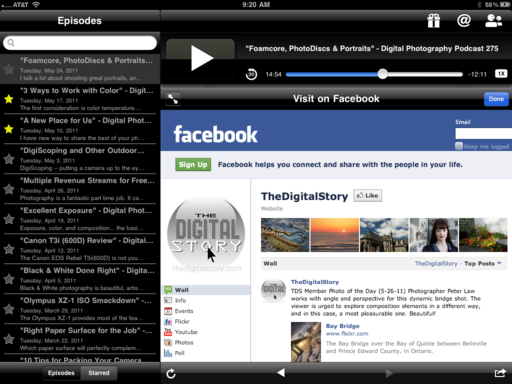
You can check-in on our Facebook Fan Page and other TDS sites from within the podcast app.
The podcast is designed to stream shows via a live Internet connection. If you want to download an episode ahead of time, you can. (Great for when you know you're not going to have connectivity.) Just tap on the episode name that you want to download. Then tap the "Download" button that appears. You can also "Star" the episode at this time to store it in your favorites list. I recommend this so you can manage the shows that you've downloaded.
Another new feature is that you can continously play one episode after another with this update. If you don't like that ability, you can turn it off in Settings.
The TDS Podcast App is
available for $2.99 in the iTunes App Store. The current update (1.9.2) is free to all existing owners. Just run your "Updates" to get the new version.
After you try this new version, please rate it in the App Store. The TDS Podcast App is your way of helping to support this show.
The Digital Story on Facebook -- discussion, outstanding images from the TDS community, and inside information. Join our celebration of great photography!
($37). I've heard consistently good comments about Cowboystudio gear. One thing to keep in mind, if you go this route, is to properly set your expectations.
